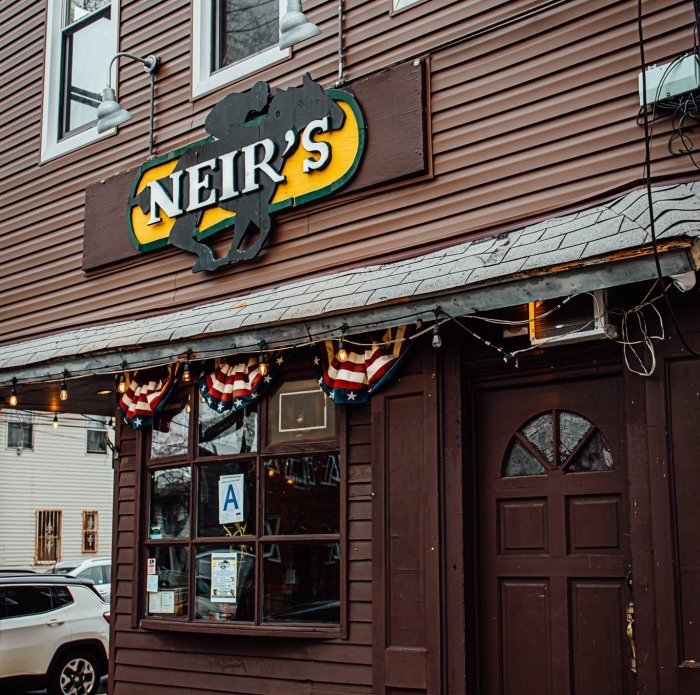By The Greater Astoria Historical Society
Star of stage and screen, one of the first Hollywood sex symbols, writer and singer, Mae West’s outsize curves and personality earned her recognition as one of the greatest female film stars of all time.
After a late start in her movie career, the inimitable West’s career spanned the period from the 1930s to shortly before her death in 1980. She is remembered by fans for the clever double sexual entendre she often employed to sneak humor and sex appeal past stodgy film industry censors. She is interred in Cypress Hills Cemetery in Brooklyn with her family.
Mary Jane West was born Aug. 17, 1893. Although sources debate where exactly she was born, she spent her early years in various neighborhoods in Brooklyn and Woodhaven.
Her father John was a prizefighter known as “Battlin’ Jack West” and mother Matilda was a fashion model. She began singing and dancing at local churches and amateur venues at 5 and later at Neir’s Tavern, which still stands on 78th Street in Woodhaven.
The girl from Queens wowed crowds, and in her teens moved on to vaudeville. The New York Times was quick to catch her rising star, raving about the “girl named Mae West, hitherto unknown, pleased by her grotesquerie and snappy way of singing and dancing.”
By the 1920s, the future Hollywood star was penning her own sensual, risqué plays, and in 1926 wrote, directed and starred in her first Broadway play simply titled “Sex.”
West was prosecuted on morals charges for her role in the bawdy production and was sent to prison on Welfare Island for 10 days. The increased media attention from the incident merely heightened her reputation as a sex symbol constantly pushing the envelope of acceptable behavior. Unchastened by her stint in jail, her shows continued to address controversial topics such as homosexuality in front of packed audiences.
At 40, the lights of Hollywood beckoned the multitalented star. After making her debut in the romantic drama “Night after Night” in 1932, the sex symbol with the curving, swaying hips and sultry voice went on to star in a total of 12 films.
West’s greatest hit may have come the following year when she was paired with leading man Cary Grant in the box office hit “I’m No Angel.” By 1935, she earned more money than anyone in the United States other than William Randolph Hearst. Decades later, her film career truly went full circle in the 1978 film “Sextette,” her swan song in an unforgettable career spanning five decades.
Alongside Timothy Dalton, Tony Curtis and Ringo Starr, the grande dame of the silver screen was reunited with George Raft, her “Night after Night” co-star separated by nearly 50 years of fame and glamour.
One of the greatest actresses of her time, the Hollywood star remained active until the 1970s and stayed in touch with the pop culture scene. In 1964, she guest starred on the sitcom “Mister Ed,” and later recorded a rock album titled “Great Balls of Fire.” The Beatles even selected Mae West to appear on the cover of their 1967 album “Sgt. Pepper’s Lonely Hearts Club Band.” Some of her later films, such as Gore Vidal’s “Myra Breckinridge,” did not attain mainstream success but became cult hits.
In late 1980, the still formidable actress suffered two strokes. She fought on for a while, but died at home in November.
Reflecting on a career on the silver screen, she remarked, “Personality is the glitter that sends your little gleam across the footlights and the orchestra pit into that big black space where the audience is.”
Standing only five feet tall, she was larger than life on stage and in person.
For more information, call 718-278-0700 or visit astorialic.org.




























